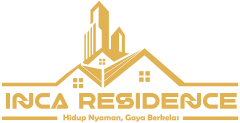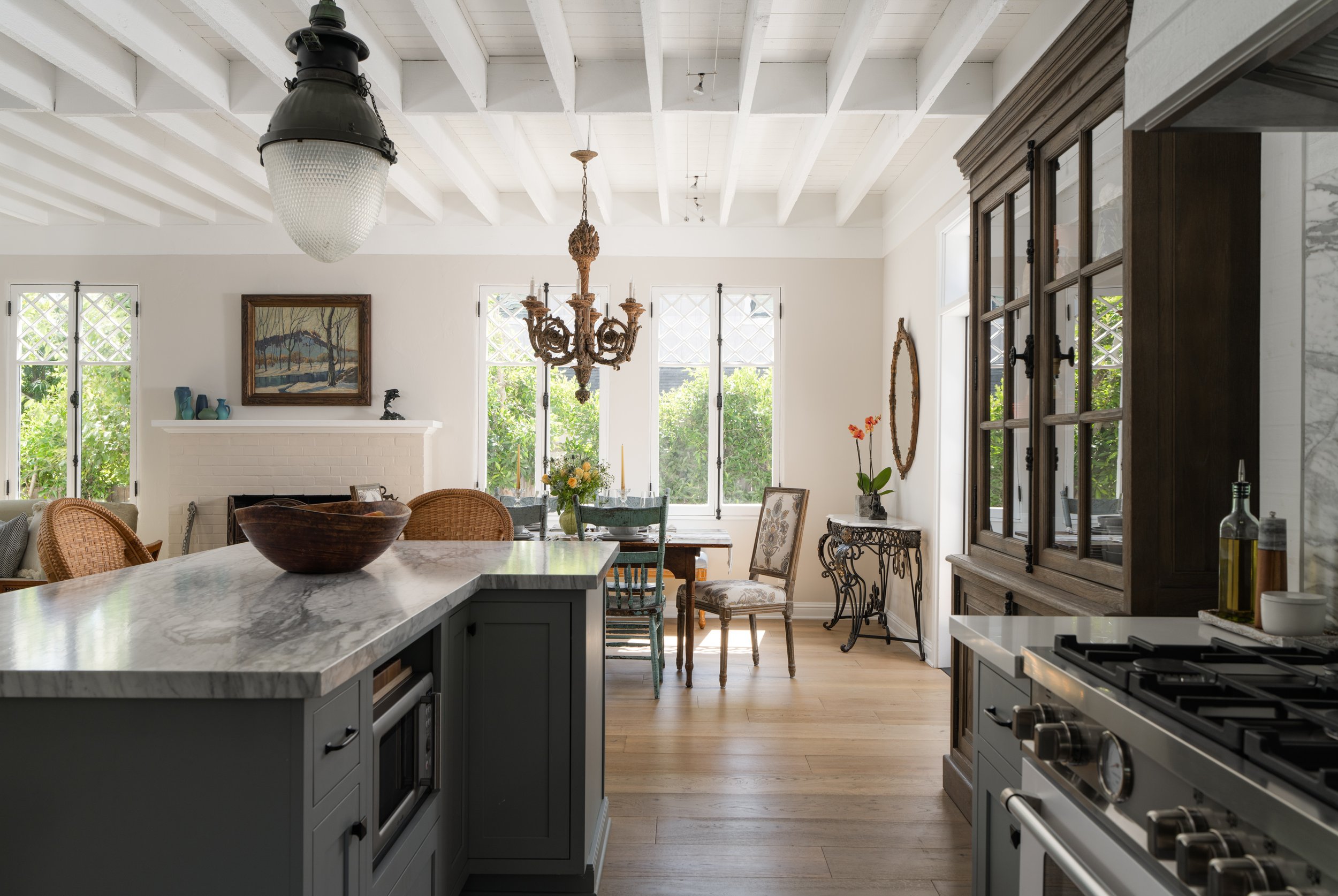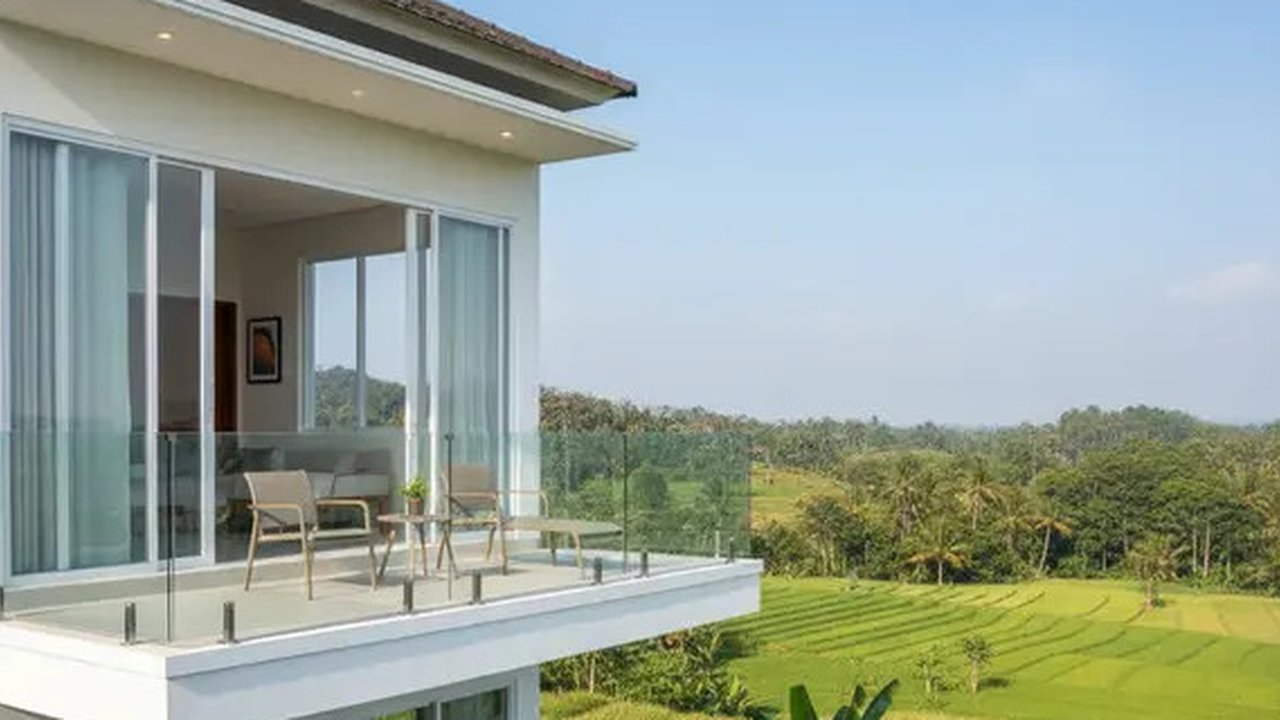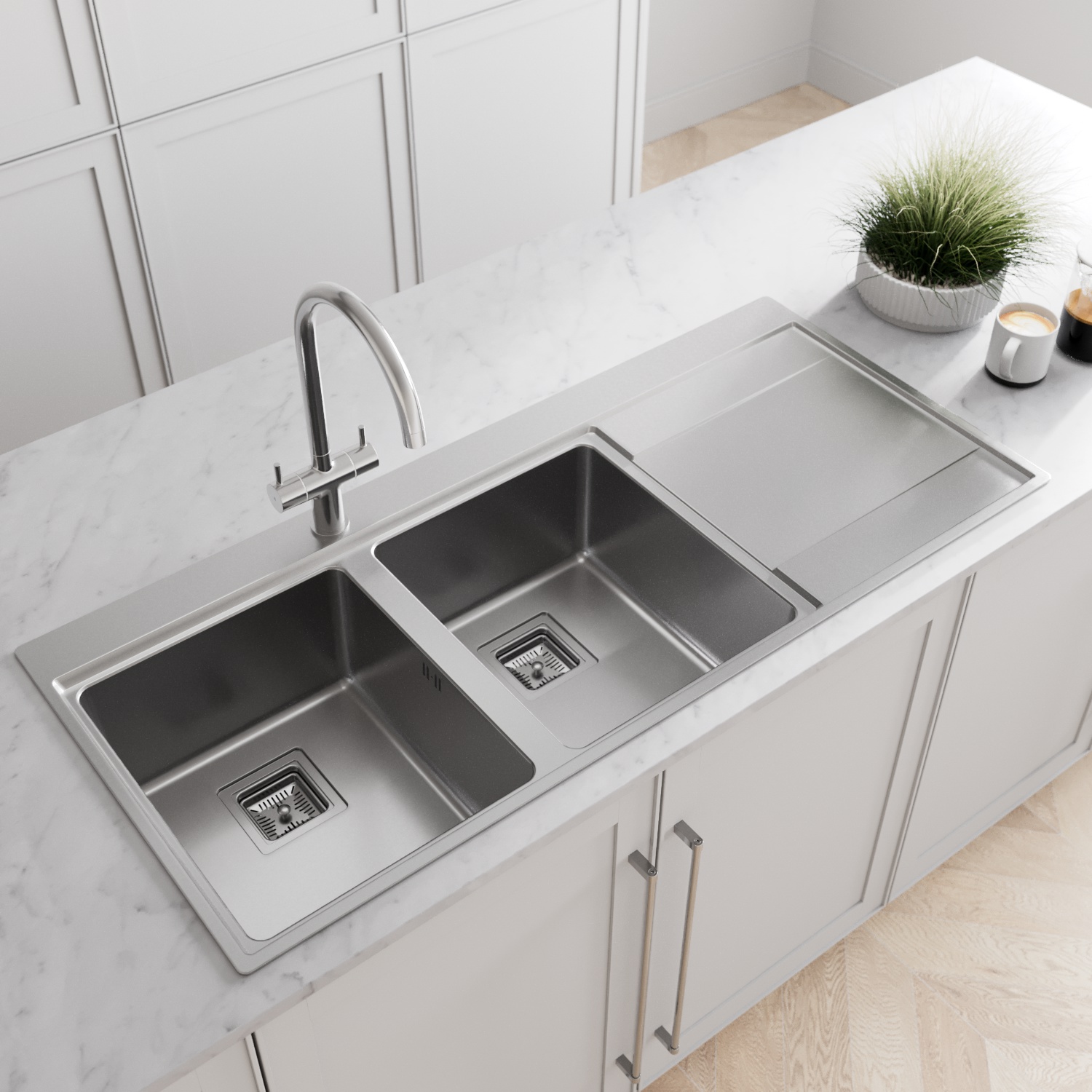Remodeling your home is an exciting and rewarding way to improve your living environment. Whether you’re looking to update outdated fixtures, create a more functional space, or simply enhance the aesthetics of your home, the right remodeling project can add significant value and comfort. The transformation can be as simple as updating your kitchen or as elaborate as creating a completely new living space. Regardless of the scope, it’s essential to approach your remodel with careful planning and consideration.
From experience, I’ve realized that home remodeling is not just about changing the appearance of a space—it’s about creating a home that reflects your personal style, improves functionality, and meets the needs of your family. In this article, we’ll dive into some expert remodeling tips and design ideas that will help you transform your home into a beautiful and functional space.
Start with a Clear Vision and Plan

1. Define Your Goals
Before diving into any remodeling project, it’s important to have a clear vision of what you want to achieve. Do you want to increase space, improve functionality, update outdated design elements, or enhance energy efficiency? Take some time to reflect on your needs and how you want the space to look and feel.
Whether you’re remodeling a kitchen, bathroom, or entire home, defining your goals helps narrow down your design choices and ensures that your project stays on track. Write down your ideas and prioritize them based on your budget and timeline.
Questions to Consider:
-
What is the primary purpose of this remodel?
-
Do I want to increase the resale value of my home?
-
How will the space be used day-to-day?
-
What is my target budget for this project?
2. Set a Realistic Budget
A key aspect of any successful remodel is setting a realistic budget. Remodeling can be expensive, and costs can quickly add up, especially if you’re making structural changes or updating plumbing or electrical systems. Research the average costs of materials and labor in your area and set aside a contingency fund for unexpected expenses.
It’s also helpful to break down your budget into specific categories (materials, labor, permits, etc.) to keep track of where your money is going.
Budgeting Tips:
-
Always include a contingency budget (around 10-20%) for unexpected costs.
-
Consider DIY projects for minor updates to save money.
-
Don’t skimp on quality for essential elements like plumbing or electrical.
3. Research and Gather Inspiration
Once you’ve defined your goals and set a budget, it’s time to gather inspiration. Browse websites like Pinterest, Houzz, or Instagram to find design ideas that match your vision. Collect images of color schemes, furniture arrangements, and architectural details that inspire you. This visual inspiration will help guide your design decisions and give you a sense of direction.
You can also visit showrooms, attend home expos, or talk to design professionals to explore materials and finishes that suit your style and needs.
Focus on Functionality
1. Maximize Space Efficiency
When remodeling, it’s essential to consider how to make the most of the space you have. Whether you’re renovating a small bathroom or a spacious living room, functionality should be a key factor in your design. Optimize your layout to ensure that every inch of space is used efficiently, especially in smaller homes.
In kitchens, for example, consider a work triangle (the placement of the sink, stove, and refrigerator) to ensure a smooth workflow. In bathrooms, built-in storage options like recessed shelves or vanity cabinets can help maximize space without sacrificing style.
Tips for Maximizing Space:
-
Use multi-functional furniture (e.g., fold-out tables, convertible sofas) to save space.
-
Install floating vanities or wall-mounted shelves to free up floor space.
-
Consider open shelving in the kitchen to create the illusion of more space.
2. Improve Storage
One of the most common complaints in homes is a lack of storage. Incorporating smart storage solutions during your remodel can make your space feel more organized and functional. Custom-built cabinets, pull-out shelves, and built-in storage units can help reduce clutter and improve the flow of the room.
Consider utilizing vertical space—adding tall cabinets or shelves—to store items you don’t use daily. In bedrooms, built-in closets or under-bed storage can help keep things out of sight.
Embrace Sustainable Practices
1. Energy Efficiency
Energy efficiency is not only good for the environment but also for your wallet. When remodeling, consider updating older appliances with energy-efficient models, such as LED lighting, smart thermostats, and Energy Star-rated appliances. Proper insulation and energy-efficient windows can help maintain a comfortable temperature year-round, reducing heating and cooling costs.
Incorporating renewable energy sources, like solar panels or solar water heaters, can further enhance your home’s energy efficiency and reduce your reliance on traditional energy sources.
Energy-Saving Tips:
-
Opt for low-flow faucets and showerheads to save water.
-
Choose energy-efficient windows to reduce heat loss.
-
Insulate attics, walls, and floors to improve your home’s energy performance.
2. Sustainable Materials
When choosing materials for your remodel, look for eco-friendly options that are sustainably sourced and durable. Consider using materials like bamboo, recycled glass, or reclaimed wood for floors and countertops. These materials not only add a unique touch to your home but also reduce your environmental footprint.
Sustainable materials can also improve the overall durability and longevity of your remodel, reducing the need for frequent replacements.
Consider the Long-Term Impact
1. Home Value and Resale Potential
While remodeling for your personal enjoyment is important, it’s also wise to consider how your renovation will impact your home’s resale value. Focus on improvements that are likely to offer a strong return on investment (ROI), such as upgrading the kitchen, adding a bathroom, or enhancing curb appeal.
It’s essential to strike a balance between personal taste and universal appeal. For instance, while custom-built features might add a personal touch, choosing neutral finishes and classic design elements can appeal to a broader range of potential buyers.
High ROI Renovations:
-
Kitchen remodels: Modernize appliances, countertops, and cabinetry for a fresh look.
-
Bathroom upgrades: Install new fixtures, tiles, and energy-efficient solutions.
-
Curb appeal improvements: Invest in landscaping, painting the front door, and improving exterior lighting.
2. Quality Over Quantity
When it comes to remodeling, quality matters more than quantity. Investing in high-quality materials and professional craftsmanship will pay off in the long run, both in terms of longevity and the enjoyment you’ll get from your space. Instead of focusing on large-scale renovations, consider investing in small, thoughtful changes that enhance the functionality and aesthetic of the room.
Conclusion: Creating a Space You Love
Remodeling your home is an exciting project that can transform your living space into a more functional, beautiful, and comfortable environment. By starting with a clear plan, focusing on functionality and sustainability, and making informed design Residence choices, you can create a home that reflects your personal style while adding value for the future.
Remember, remodeling is a journey, not a sprint. Whether you’re taking on a small project or a large renovation, the key is to make decisions that align with your lifestyle and goals. With the right guidance and design ideas, you’ll be well on your way to creating a home that’s as unique as you are.




